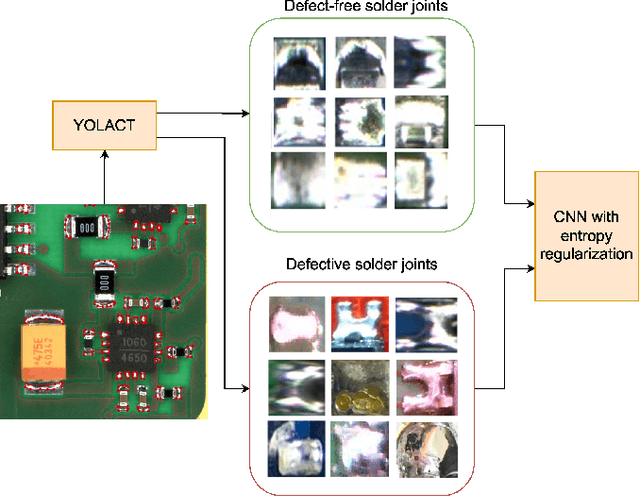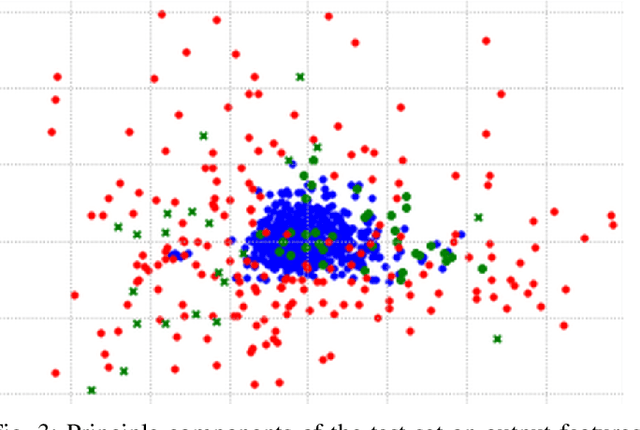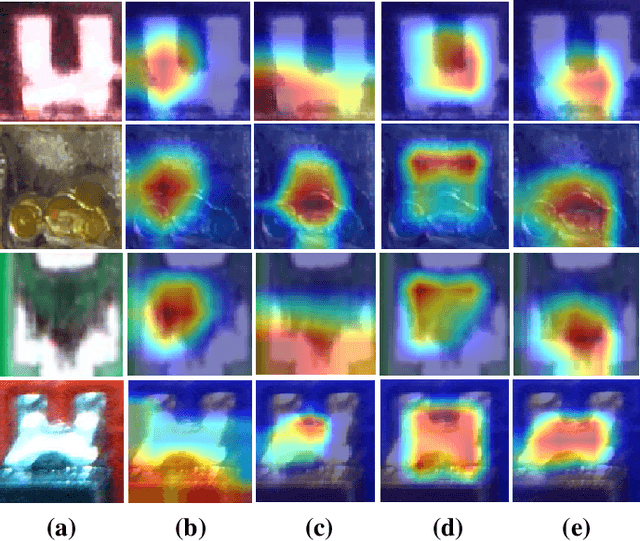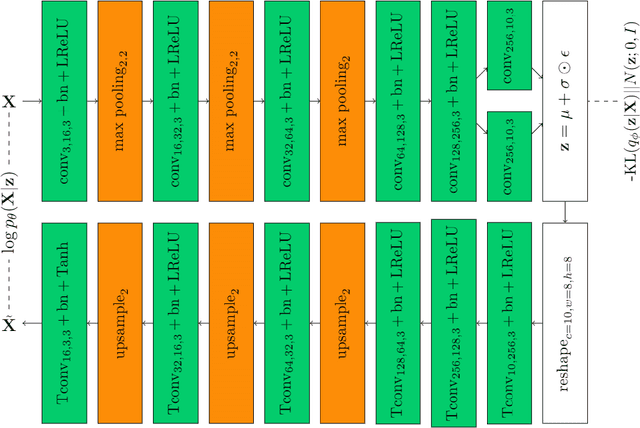Atila Yilmaz
Performance of using Mel-Frequency Cepstrum Based Features in Nonlinear Classifiers for Phonocardiography Recordings
Feb 19, 2024Abstract:Cardiovascular system diseases can be identified by using a specialized diagnostic process utilizing a digital stethoscope. Digital stethoscopes provide phonocardiography (PCG) recordings for further inspection, besides filtering and amplification of heart sounds. In this paper, a framework that is useful to develop feature extraction and classification of PCG recordings is presented. This framework is built upon a previously proposed segmentation algorithm that processes a feature vector produced by the agglutinate application of Mel-frequency cepstrum and discrete wavelet transform (DWT). The performance of the segmentation algorithm is also tested on a new data set and compared to the previously reported results. After identifying the fundamental heart sounds and segmenting the PCG recordings, five principal features are extracted from the time domain signal and Mel-Frequency cepstral coefficients (MFCC) of each cardiac cycle. Classification outcomes are reported for three nonlinear models: k nearest neighbor (k-NN), support vector machine (SVM), and multilayer perceptrons (MLP) classifiers in comparison with a linear approach, namely Mahalanobis distance linear classifier. The results underline that although neural networks and linear classifier show compatible performance in basic classification problems, with the increase in the nonlinearity of the classification problem their performance significantly vary.
* in 2023 31st European Signal Processing Conference (EUSIPCO)
Fine-grained Classification of Solder Joints with α-skew Jensen-Shannon Divergence
Sep 20, 2022



Abstract:Solder joint inspection (SJI) is a critical process in the production of printed circuit boards (PCB). Detection of solder errors during SJI is quite challenging as the solder joints have very small sizes and can take various shapes. In this study, we first show that solders have low feature diversity, and that the SJI can be carried out as a fine-grained image classification task which focuses on hard-to-distinguish object classes. To improve the fine-grained classification accuracy, penalizing confident model predictions by maximizing entropy was found useful in the literature. Inline with this information, we propose using the {\alpha}-skew Jensen-Shannon divergence ({\alpha}-JS) for penalizing the confidence in model predictions. We compare the {\alpha}-JS regularization with both existing entropyregularization based methods and the methods based on attention mechanism, segmentation techniques, transformer models, and specific loss functions for fine-grained image classification tasks. We show that the proposed approach achieves the highest F1-score and competitive accuracy for different models in the finegrained solder joint classification task. Finally, we visualize the activation maps and show that with entropy-regularization, more precise class-discriminative regions are localized, which are also more resilient to noise. Code will be made available here upon acceptance.
Anomaly Detection for Solder Joints Using $β$-VAE
Apr 24, 2021



Abstract:In the assembly process of printed circuit boards (PCB), most of the errors are caused by solder joints in Surface Mount Devices (SMD). In the literature, traditional feature extraction based methods require designing hand-crafted features and rely on the tiered RGB illumination to detect solder joint errors, whereas the supervised Convolutional Neural Network (CNN) based approaches require a lot of labelled abnormal samples (defective solder joints) to achieve high accuracy. To solve the optical inspection problem in unrestricted environments with no special lighting and without the existence of error-free reference boards, we propose a new beta-Variational Autoencoders (beta-VAE) architecture for anomaly detection that can work on both IC and non-IC components. We show that the proposed model learns disentangled representation of data, leading to more independent features and improved latent space representations. We compare the activation and gradient-based representations that are used to characterize anomalies; and observe the effect of different beta parameters on accuracy and on untwining the feature representations in beta-VAE. Finally, we show that anomalies on solder joints can be detected with high accuracy via a model trained on directly normal samples without designated hardware or feature engineering.
 Add to Chrome
Add to Chrome Add to Firefox
Add to Firefox Add to Edge
Add to Edge